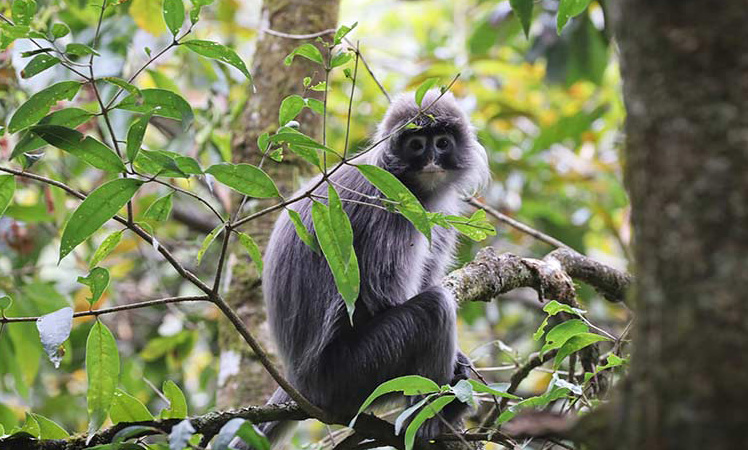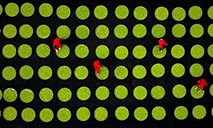Researchers publish first complete sequence of human genome

The simulation image published by the U.S. National Human Genome Research Institute website on March 31, 2022 shows the first complete, gapless sequence of a human genome. (Credit: National Human Genome Research Institute)
"Generating a truly complete human genome sequence represents an incredible scientific achievement, providing the first comprehensive view of our DNA blueprint," said Eric Green, director of the NHGRI.
LOS ANGELES, March 31 (Xinhua) -- Scientists have published the first complete, gapless sequence of a human genome, two decades after the Human Genome Project produced the first draft human genome sequence.
The findings were published Thursday in six papers in the Science journal. According to researchers, having a complete, gap-free sequence of the roughly 3 billion letters in human DNA is critical for understanding the full spectrum of human genomic variation, and for understanding the genetic contributions to certain diseases.
The work was done by the research team from the Telomere to Telomere (T2T) consortium, an open, community-based effort to generate the first complete assembly of a human genome.
The team was led by researchers at the U.S. National Human Genome Research Institute (NHGRI); University of California, Santa Cruz; and University of Washington, Seattle.
The now-complete human genome sequence will be particularly valuable for studies that aim to establish comprehensive views of human genomic variation, or how people's DNA differs, according to the NHGRI.
"Generating a truly complete human genome sequence represents an incredible scientific achievement, providing the first comprehensive view of our DNA blueprint," said Eric Green, director of the NHGRI.
"This foundational information will strengthen the many ongoing efforts to understand all the functional nuances of the human genome, which in turn will empower genetic studies of human disease," Green said.
Photos
Related Stories
- Chinese researchers develop lubricated composite with high load-bearing capacity
- Dedication, team work boost China's COVID-19 research
- Feature: Australian scientist working on jigsaw puzzle of earth with Chinese researchers
- China's science foundation ups research budget to 33 bln yuan
- Organs have their own pace of aging, a Chinese study finds
Copyright © 2022 People's Daily Online. All Rights Reserved.










